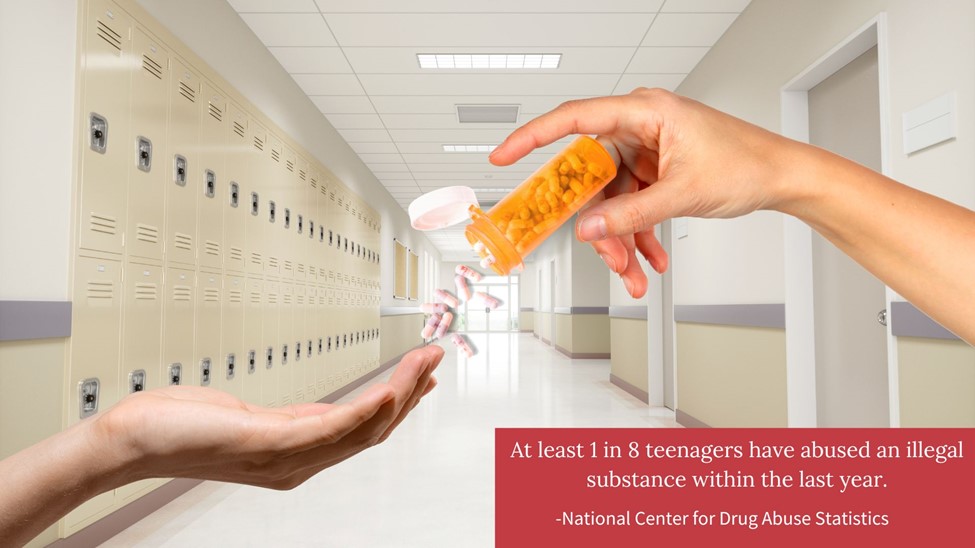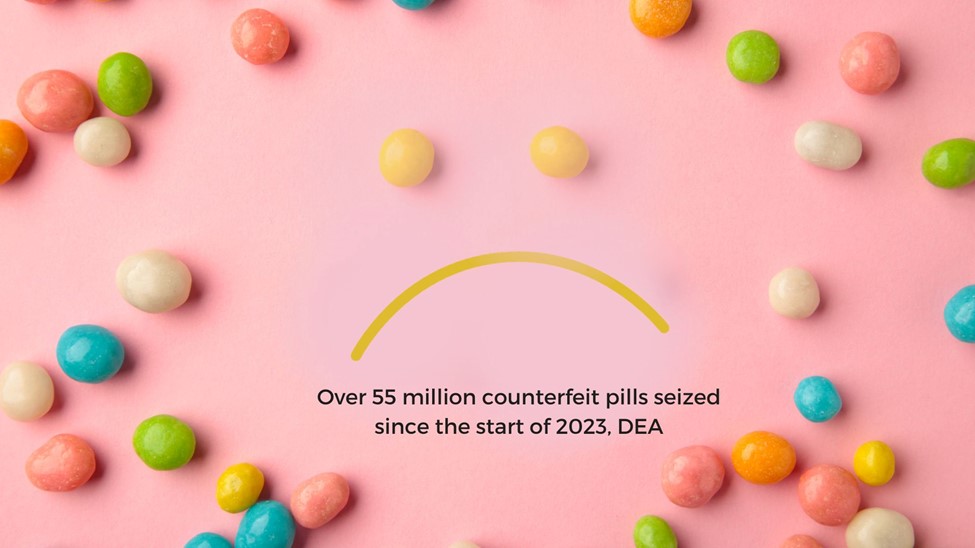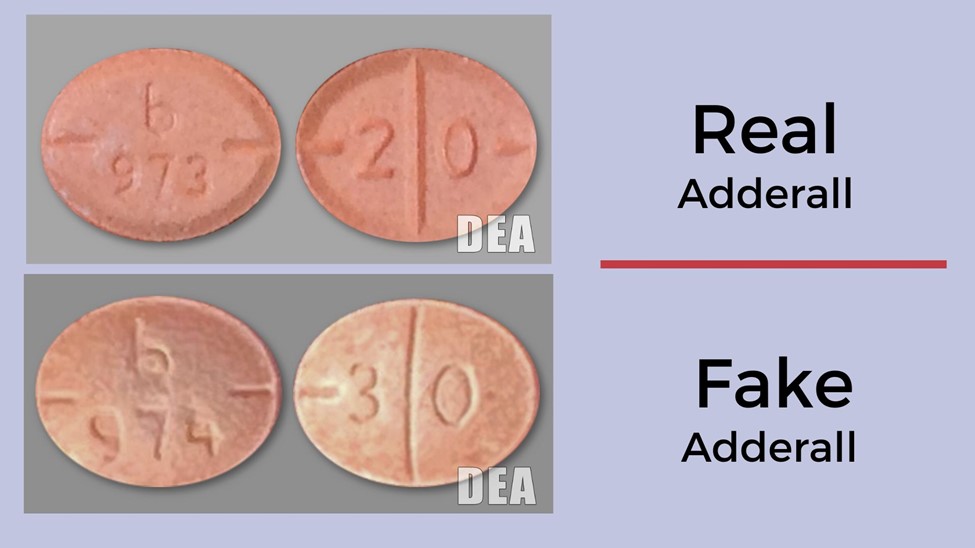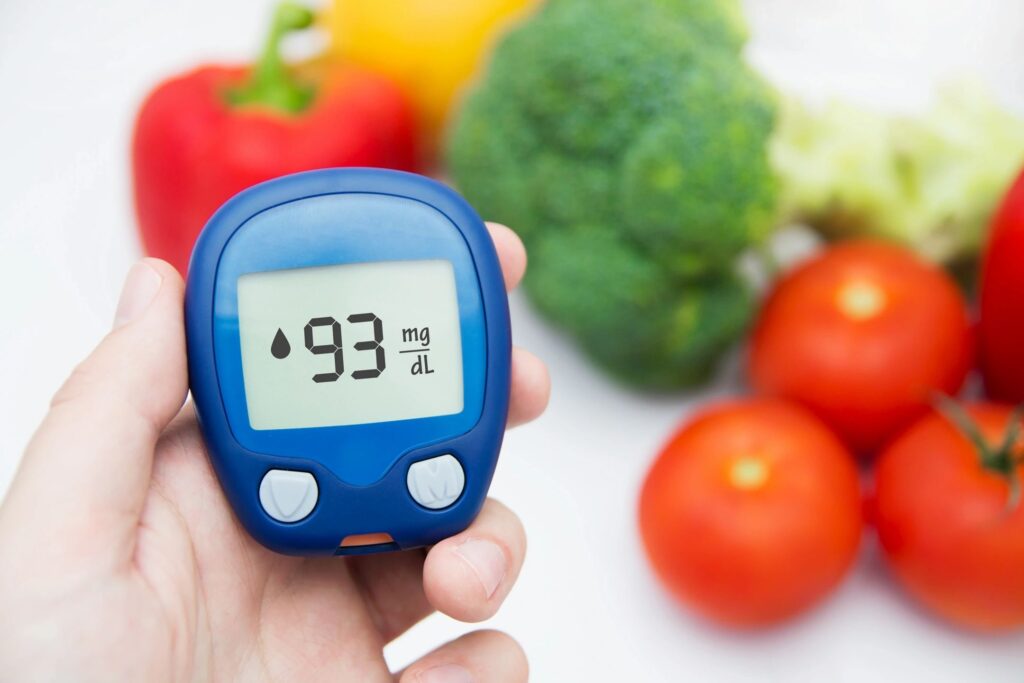Unseen Dangers: The Shocking Reality of Fentanyl-Laced Pills in American Schools
Table of Contents
- Unseen Dangers: The Shocking Reality of Fentanyl-Laced Pills in American Schools

If you choose to purchase after clicking a link, I may receive a commission at no additional cost to you. Thank you for your support!
What is Fentanyl?
Fentanyl is a commonly used drug to control severe pain; it is 50-100 times more potent than morphine. Street fentanyl is completely different. It is illegally produced, unregulated and often mixed with other drugs.
Pills laced with fentanyl have found their way into schools across America, so much so that many school districts are considering teaching drug misuse as early as elementary.
It has been 52 years since the United States started the campaign of the War on Drugs to stop the illegal use, distribution, and sale of drugs for recreational purposes. Today, fentanyl overdose has become a silent epidemic among high schoolers.
Could fentanyl-laced pills be turning innocent hallways into danger zones?
In this blog, we will discuss why fentanyl is a bigger problem than we have previously thought, what parents should look out for, rehab programs for those needing help with addiction, and prevention tips.
Understanding the Problem
A CNBC report states that more than 2,200 adolescents ages 15-19 overdosed during 2020-2022, and the fentanyl-related death rate rose to 290% over a three-year period.
Millennial parents across the U.S are not only showing up at high school games to support school events, but they are also listening and sharing the latest tips on how to combat the covert use of fentanyl in high school cafeterias, school bathrooms and at home.
Less than a week ago, I attended a football game and overheard two moms talking about the tragic death of their friend’s son from a fentanyl overdose. He was only 15 years old. Every parent within earshot focused their attention on what they heard. I’m sure they were also taking mental notes about the ways fentanyl is finding its way into communities across America as innocent-looking “candy.”
The panic and disbelief were palpable that crisp evening. Fentanyl overdose among young people is a major public health concern.

Fentanyl and Public Health
In the Charlette Observer, Chris Ramirez, who lost his 17-year-old son to fentanyl overdose this year states that “everything is laced.”
There are countless other parents who have similar stories of losing their child to fentanyl overdose; all it takes is one pill. It’s devastating.
As a health professional with trained eyes, it is difficult to spot a counterfeit prescription pill. Teenagers unknowingly overdose on counterfeit pills that look authentic and familiar to them.
Drug traffickers have found new ways to smuggle these drugs, and they’ve also found new targets. High schools in the US are mind-boggled about what to do next. Likewise, millennial parents are frazzled as the school year continues, and they are worried about securing fentanyl kits.
Depending on the specific insurance plan and regional regulations in your area, some fentanyl strip tests may be covered by your insurance as a harm reduction tool.

A Closer Look at The Fentanyl- Laced Drugs and “Candies”
Schools across the nation have also identified fentanyl to be a growing public health threat. So much so, that some school districts have naloxone (Narcan) available from K-12, that reverses opioid overdoses like fentanyl. These are kept locked away in hallways and the nurse’s offices.
There are a few possible reasons for fentanyl being a silent epidemic:
• Fentanyl is a highly potent opioid that can be deadly even in small doses.
• Fentanyl is often mixed with other drugs, such as heroin or cocaine, and is cheap and easily accessible.
• Fentanyl is becoming increasingly common, and it is now being found in a variety of drugs, including counterfeit prescription pills appearing like Oxycodone, Adderall and even Tylenol.
• Many parents don’t know that fentanyl is a growing problem, thus they do not talk about it with their children.
Fentanyl overdose among young people is not a soundbite you hear on the news. I talk to many parents of teenagers who are terrified that their child is heading to rehab at 15 instead of summer camp.
Want to know what to do about it? Read on …this is eye-opening!
Fentanyl Slang and Emojis: Tools for Raising Awareness and Preventing Overdoses
The fact is innocent-looking colorful candies could very well be laced with fentanyl.
According to the Drug Enforcement Administration (DEA), a simple social media post may be a post for a drug transaction if these emoji drug codes are used.
Unregulated discussion forums and emoji drug codes make the sale and distribution of fentanyl to teens harder to detect. Additionally, drug dealers are finding clever ways to transport illegal drugs like fentanyl via UPS and popular food delivery services.

Fentanyl overdose is a silent epidemic among young people in the US. There are many treatment programs to assist if someone you know is struggling with an addiction. The list below provides resources to help combat the fentanyl epidemic.
3 Drug Treatment Resources to Know
The Alcohol and Drugs Class for teens is designed for individuals 12-20 who must take classes as required by probation or court. It is online, self-paced and flexible. It is nationally recognized and will give teens reliable evidence-based education regarding decision-making concerning drug misuse.
Purchasing fentanyl drug test kits from Amazon. Amazon is an online provider of home and office drug testing kits, along with early disease prediction kits, DNA kits, and much more. If you are a concerned parent, or guardian and need reliable medical-grade kits- this may be for you. For large orders, Amazon has you covered, they supply businesses and healthcare facilities with kits.
IAPRC is designed for people who are interested in becoming certified recovery coaches. These high-level programs were created by Dr. Jean LaCour who is the founder of NET Institute Center and has over 20 years of experience, training professional counselors. They provide individuals with powerful systems that blend established professional coaching methods with leading drug, alcohol, and addiction recovery practices. This unique approach shows a commitment to excellence in the evolving field of addictive care.
Fentanyl Overdose Prevention Tips for Parents
According to the National Survey on Drug Use and Health (NSDUH), teenagers are more likely to experiment with drugs than any other group. Marijuana is usually the first drug teenagers try, and that’s being “laced” with fentanyl too. This makes it even more urgent for parents to talk to their kids about the dangers of drugs, especially fentanyl.
But there’s one big problem, a 2023 study by the California Department of Health revealed that parents are not confident to broach the topic. Luckily a nonprofit, called Song for Charlie encourages parents to talk about Fentanyl with their kids by using innovative and less awkward ways to get the conversation started.
Here are some things that parents can do to help protect their children from fentanyl:
• Have open communication with their children about the dangers of fentanyl and other drugs.
• Set clear rules about drug use and enforce them consistently.
• Be aware of their child’s activities and who they are spending time with.
• Talk to their child’s friends’ parents about drug use.
• Ensure that their child knows where to get help if they are struggling with drug addiction.
• Keep an eye out for signs of drug use, such as changes in behavior, appearance, personality, or poor grades. Parents must also know the common drug emojis mentioned above.
• Parents who are concerned about their child’s fentanyl use should talk to their doctor. They can help you get the support you need to keep your child safe and healthy.
Be aware of the signs and symptoms of an overdose such as difficulty breathing, blue lips and fingernails, and loss of consciousness. Get help, call 911 immediately!

What is the Government Doing to Curb the Fentanyl Epidemic?
This year, the White House has deemed fentanyl-laced drugs like “Tranq” (xylazine laced with fentanyl) an emerging public health threat, and rightly so- it is destroying the fabric of America. Videos on TikTok show just how much fentanyl is ravaging communities and affecting young people.
In 2023, preliminary data from the CDC shows over 111,000 deaths were attributed to drug overdose within 12 months up to April of this year. The government must take steps to protect teenagers from the dangers of this drug.
Policies to Address Fentanyl & Drug Misuse
Policies to address fentanyl overdose must include help for teens in the following ways:
• Comprehensive Drug Education: Young people need to be educated about the dangers of fentanyl and other drugs. This education should start in middle school and continue through high school and even college.
• Increased Access to Treatment: Young people who are struggling with opioid addiction need timely access to treatment and the ability to complete their studies. This treatment can include fentanyl medication-assisted treatment (MAT), counseling, and other combined services.
• Harm Reduction: Common sense harm reduction strategies can help to reduce the risk of fentanyl overdose among young people. These strategies can include providing naloxone (a medication that can reverse an opioid overdose), low-cost fentanyl strips for testing and timely healthcare coordination by licensed professionals. The goal for harm reduction must be rehabilitation and recovery for teenagers.
Conclusion
Drug policies must continue to criminalize the illegal production and distribution of fentanyl. Zoning policies and prohibition of illicit activities regarding distribution of needles, manufacturing/sale of drugs and operation of safe sites near schools need to be strongly enforced.
The fentanyl epidemic is a complex public health challenge that requires a long-term commitment to prevention, treatment, and recovery. Communities across America are devastated by the proliferation of fentanyl, and now it has found its way into our schools.
America has been fighting the War on Drugs for 52 years. We need to ask our politicians real questions in this upcoming election about addressing the complex challenges of illegal drug use. Specifically, how will they reduce the supply of fake- prescription drugs and fentanyl-laced “candies?”
We have come a long way in understanding addiction and finding better treatments. But now more than ever, we need policies that will address the problem head-on so that we can continue to make America a beacon of light and have vibrant and cohesive communities in every state of this country.
This content is for informational and educational purposes only. Individuals should consult their physician for medical advice.
Sources
Sources
Bustamante, J. (2023, January 1). Teenage Drug Use Statistics [2023]: Data & Trends on abuse. NCDAS. https://drugabusestatistics.org/teen-drug-use/
Coin, J. (2023, September 15). ‘Everything is laced.’ Fentanyl crisis killing teens; Charlotte experts sound alarm. Charlotte Observer. https://www.charlotteobserver.com/news/local/article279284549.html
Cunningham, A. (2023, April 28). Fentanyl deaths have spiked among U.S. children and teens. Science News. Retrieved from https://www.sciencenews.org/article/fentanyl-deaths-have-spiked-among-us-children-and-teens
Emoji Drug Code (2021, December 16). Emoji Drug Code | Decoded. Drug Enforcement Administration. Retrieved October 12, 2023, from https://www.dea.gov/sites/default/files/2021-12/Emoji%20Decoded.pdf
Kimball, S. (2022, December 19). Drug Overdose Deaths Among Teenagers Surged During The Pandemic Driven by Illicit Fentanyl. CNBC. https://www.cnbc.com/2022/12/19/fentanyl-drug-overdose-deaths-surged-among-teenagers-during-pandemic.html
Products – Vital Statistics Rapid release – Provisional drug overdose data. (n.d.). https://www.cdc.gov/nchs/nvss/vsrr/drug-overdose-data.htm Song for Charlie. (2023, September 8). The New Drug Talk | song for Charlie. https://songforcharlie.org/the-new-drug-talk/


